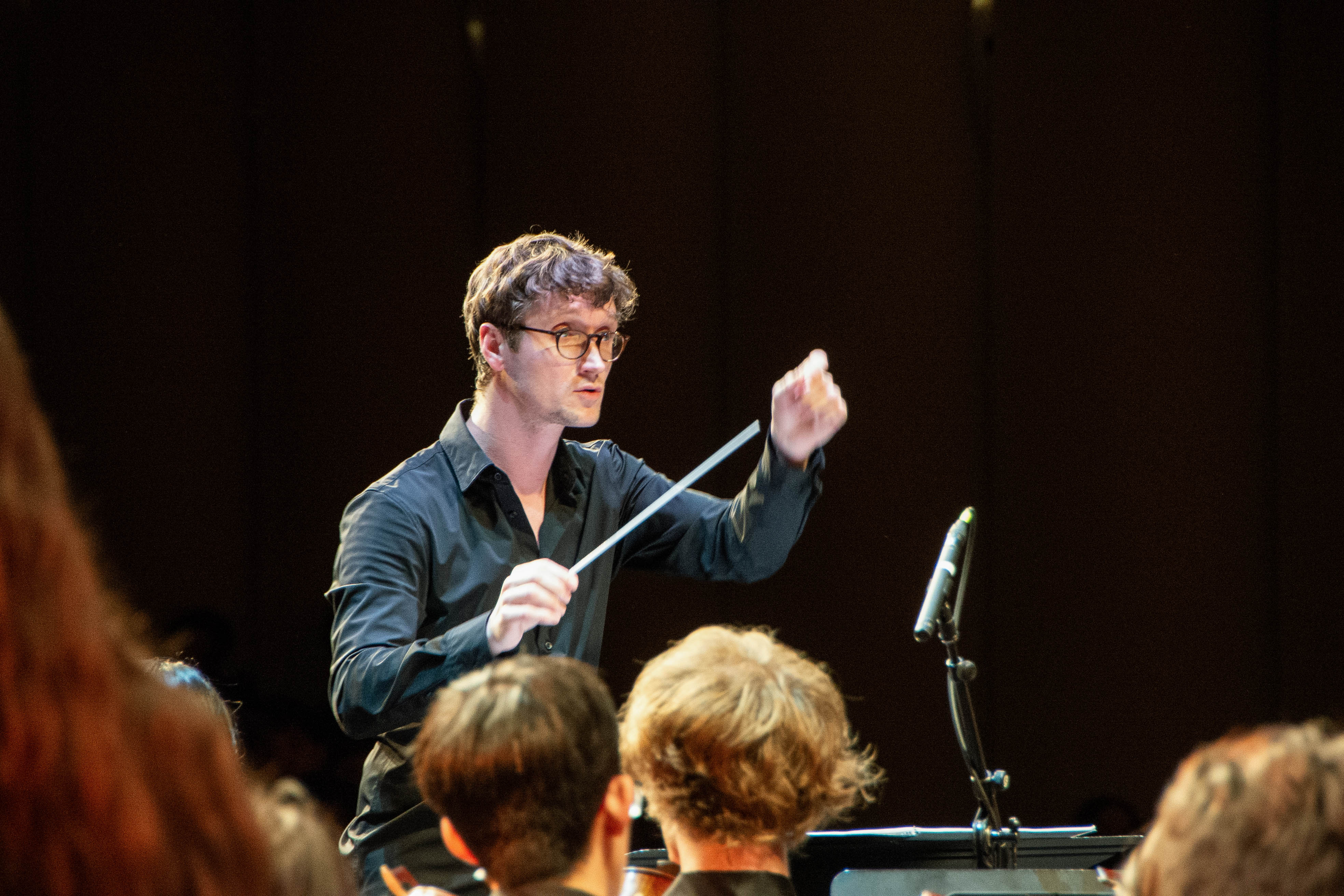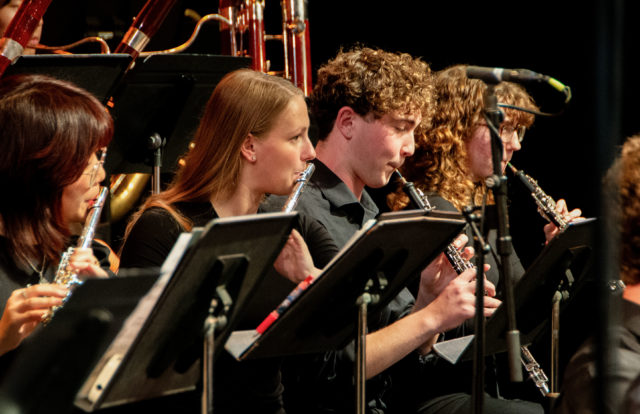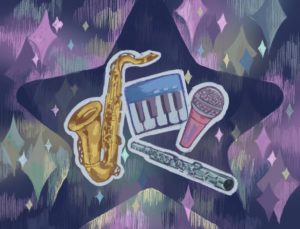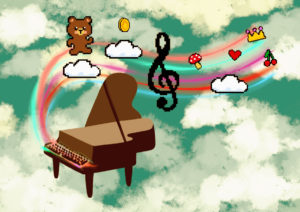The school year will come to a musical end at the annual Spring Symphony concert.
The UCLA Symphony will perform two symphonic and orchestral works at Schoenberg Hall on Wednesday. The concert will feature a Brahms piano concerto and Sibelius’ Symphony No. 1, said Coleman Hoffner, a second-year neuroscience student and principal violist. Hoffner added that the two pieces on the program complement each other and are great examples of the beauty and soulfulness of symphonic music.
“It has a lot of Tchaikovsky influence to it, and you can hear the history behind it,” Hoffner said.
The concert will also feature graduate students conducting the orchestra, Hoffner said. UCLA’s conducting program is unique because students get the opportunity to work directly with other student musicians and conduct their concerts in front of live audiences, said Gan Xiong, a doctor of musical arts student in orchestral conducting. Additionally, while student conductors are overseen by Director of Orchestral Studies Neal Stulberg, Xiong said they are still given the freedom to explore their own conducting styles.
[Related: UCLA Philharmonia to bring music and mystery with concert ‘One Foot in the Grave’]
Xiong will be conducting Sibelius’ Symphony No. 1, which he said was written to celebrate the composer’s home country of Finland. Furthermore, Xiong said the piece is incredibly beautiful and emotive, which he believes will appeal to audiences. The conductor said he was not extremely familiar with the piece before preparing for this concert but added that he had fallen in love with it throughout the year.
“This is an opportunity for us to share ideas, share our musical thoughts and ideas and also expressions to the community,” Xiong said. “This is the reason I want to be a conductor is to share music first with musicians but also to share the beauty of music to the audience, to everyone who’s coming, and hope to give them inspiration or a sparking point for them to enjoy more music or classical music.”

Hoffner said the Symphony Orchestra is one of the few ensembles in the Herb Alpert School of Music featuring students whose area of academic study is not necessarily music. Students have an outlet to engage with music and express their creativity, he added, and the students in his section of the symphony are very tight-knit. Stulberg said he chooses a repertoire that is appealing to both music and non-music students but specifically chose the two pieces featured in the concert’s program this spring to challenge the skilled performers.
“(This concert) is a tribute to the depth of talent on campus as well as, I believe, as a tribute to the strength of the youth orchestra system in the state of California, which has provided a lot of opportunities for people to sharpen their ensemble skills and become used to playing in high-quality ensembles,” Stulberg said.
[Related: UCLA Juneteenth celebration honors Black history through music, dance, spoken word]
After the COVID-19 pandemic, the music community has realized how important live performance is, Stulberg said. Preparing for a live concert offers musicians in the symphony something to look forward to as well as motivation to master the pieces they are practicing, Hoffner added. The ability to perform in the Spring Symphony allows students to share their passion for music with friends, Hoffner said, even those who do not know much about classical music.
Additionally, Stulberg said that throughout his time leading the UCLA Symphony Orchestra, this year’s musicians are some of the strongest he has worked with, which he said is thanks to the increasing strength of youth and high school orchestras across the state of California. He added that the concert will also feature student soloists, such as a graduate student pianist performing the Brahms piano concerto, as well as a solo cellist in the third movement of the concerto and a solo clarinetist in the beginning of the Sibelius symphony.
As principal violist, Hoffner said he carries extra responsibility within the symphony orchestra. Not only does he verbally communicate with his section, he also employs physical cues during performances, such as hunching down when he wants his section to fall quiet. Stulberg added that principal musicians of the string section are tasked with communicating directly with conductors in addition to leading sectionals, which are designated rehearsals for varying instrument sections of the orchestra. With consideration for the extensive preparation process, Stulberg said he feels concertgoers, even those not familiar with classical music, will enjoy the concert.
“This concert is a wonderful introduction to Western classical symphonic music,” Stulberg said. “Sonically, it is rich and colorful, and emotionally, it plunges to the depth of human feeling and presents a range of profound human emotion.”




Comments are closed.